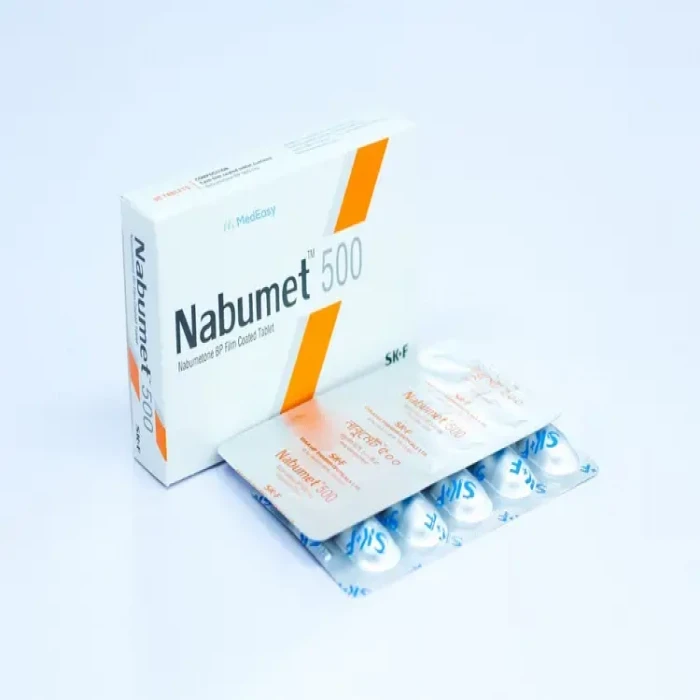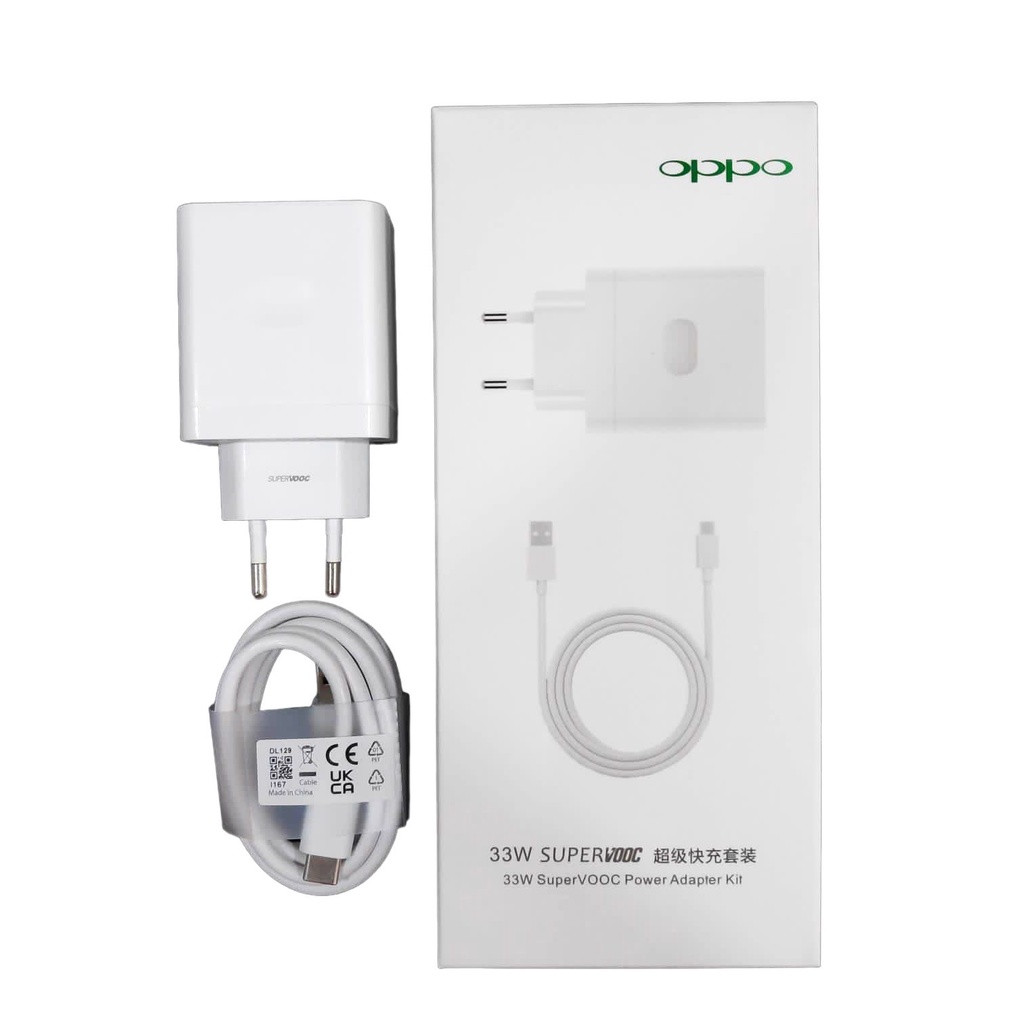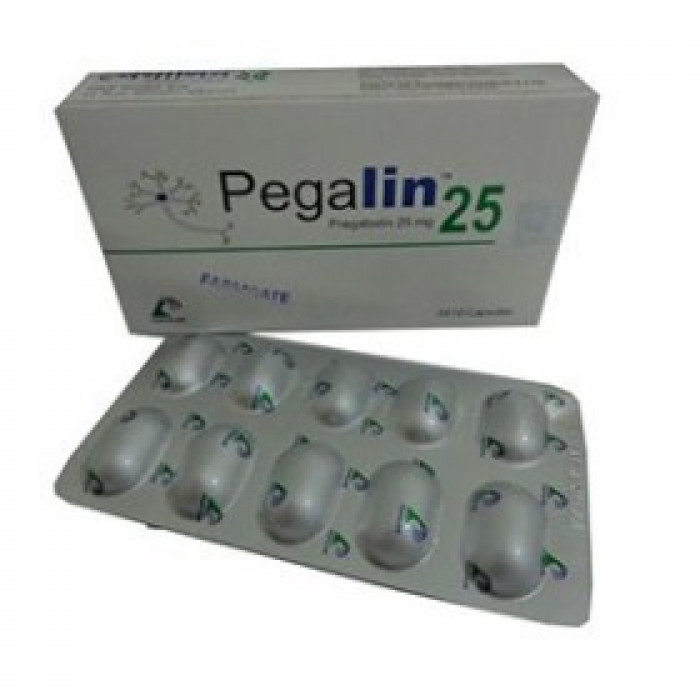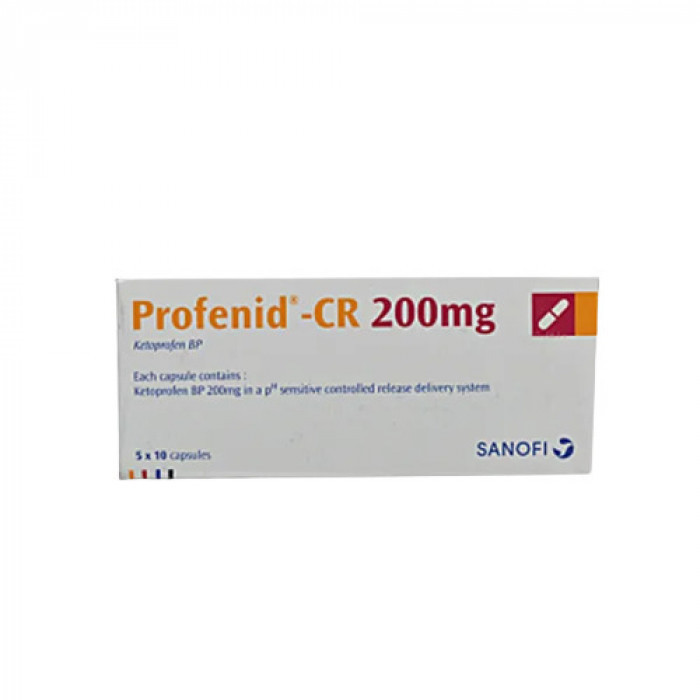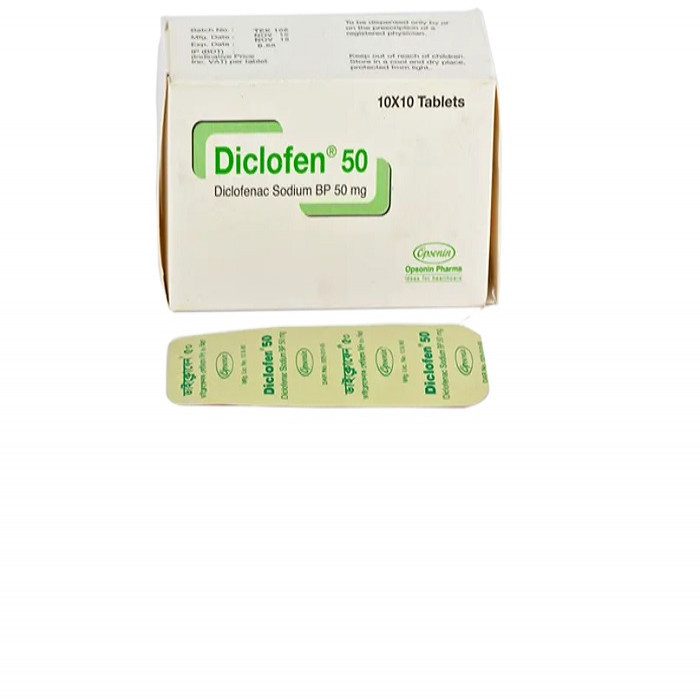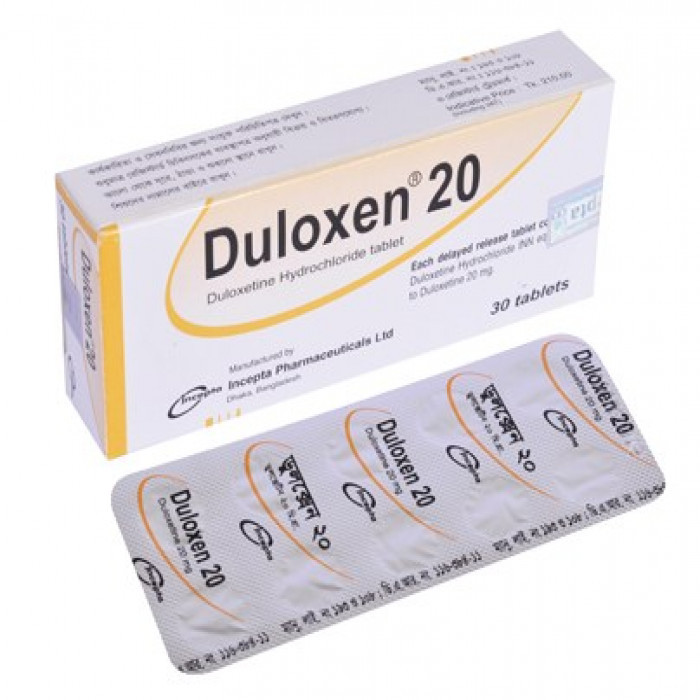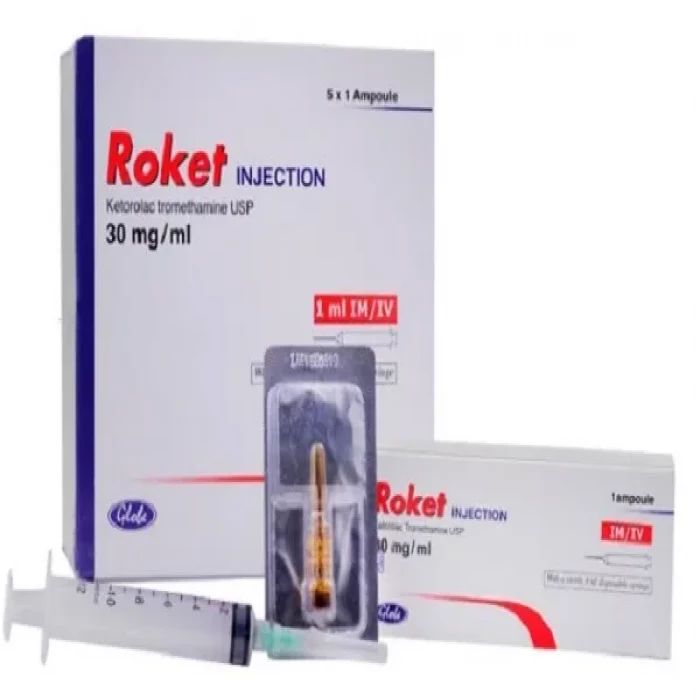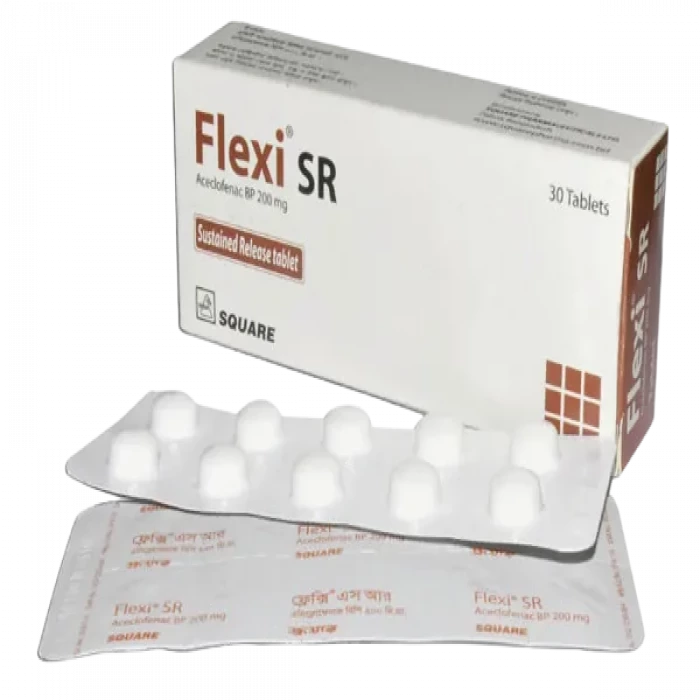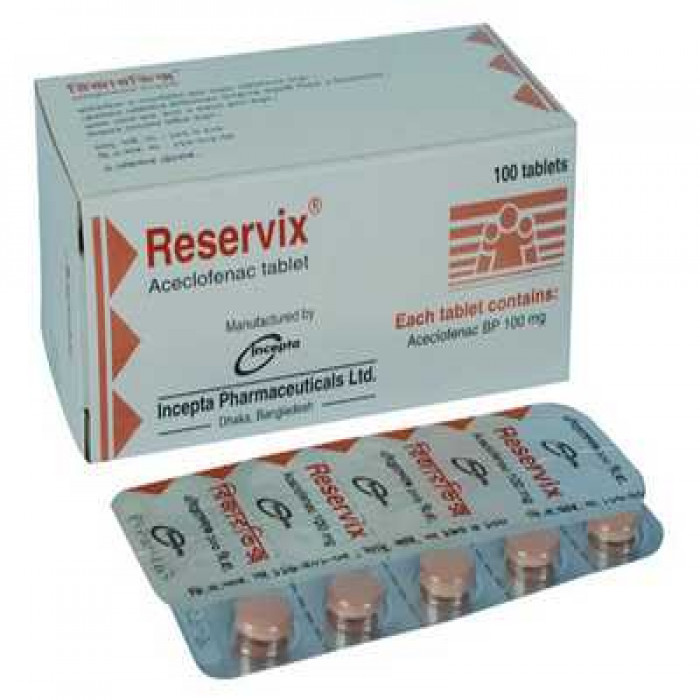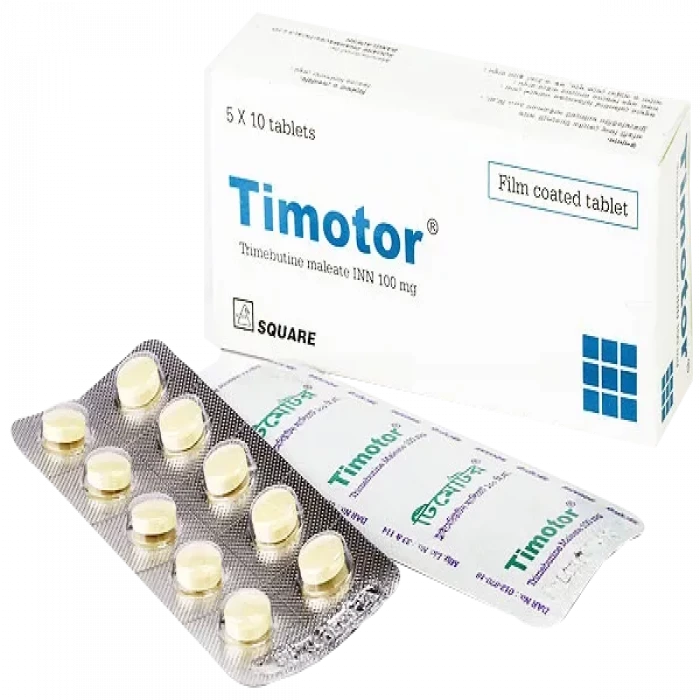Top Selling Products
-
Bashundhara A4 80 GSM
৳530.00 -
Rich Dad Poor Dad
৳170.00 -
Plastic Jar 1000 mL 6 pcs
৳140.00 -
Century 70 GSM A4 Offset Paper
৳320.00
Indication:
Nabumet is indicated for relief of signs and symptoms of osteoarthritis and rheumatoid arthritis. Carefully consider the potential benefits and risks of Nabumet and other treatment options before deciding to use Nabumet. Use the lowest effective dose for the shortest duration consistent with individual patient treatment goals
Dosage & Administration of Nabumet 500 mg
Osteoarthritis and Rheumatoid Arthritis: The recommended starting dose is 1,000 mg taken as a single dose with or without food. Some patients may obtain more symptomatic relief from 1,500 mg to 2,000 mg per day. Nabumet 500 mg can be given in either a single or twice-daily dose. Dosages greater than 2,000 mg per day have not been studied. The lowest effective dose should be used for chronic treatment. Patients weighing under 50 kg may be less likely to require dosages beyond 1,000 mg; therefore, after observing the response to initial therapy, the dose should be adjusted to meet individual patients’ requirements.
Dosage of Nabumet 500 mg
Nabumet 500 mg 500 mg & 750 mg Tablet: Oral Nabumet 500 mg 1000 mg Tablet: Mix 1 tablet thoroughly in a glass (250 ml) of pure water and drink it completely.Osteoarthritis and Rheumatoid Arthritis: The recommended starting dose is 1000 mg taken as a single dose with or without food, Some patients may obtain more symptomatic relief from 1500 mg to 2000 mg per day. Nabumet 500 mg can be given in either a single or twice-daily dose. Dosages greater than 2000 mg per day have not been studied The lowest effective dose should be used for chronic treatment. Moderate or severe renal insufficiency: Caution should be taken in prescribing Nabumet 500 mg to patients with moderate or severe renal insufficiency The maximum starting doses of Nabumet 500 mg in patients with moderate or severe renal insufficiency should not exceed 750 mg or 500 mg, respectively once daily. Following careful monitoring of renal function in patients with moderate or severe renal insufficiency daily doses may be increased to a maximum of 1500 mg and 1000 mg, respectively.Use in pediatric patients: Safety and effectiveness in pediatric patients have not been established.
Interaction of Nabumet 500 mg
Reports suggest that NSAIDs may diminish the antihypertensive effect of ACE-inhibitors. This interaction should be given consideration in patients taking NSAIDs concomitantly with ACE-inhibitors.
Contraindications
Nabumet 500 mg is contraindicated in patients with known hypersensitivity to Nabumet 500 mg or its excipients. Nabumet 500 mg should not be given to patients who have experienced asthma, urticaria, or allergictype reactions after taking aspirin or other NSAIDs. Severe, rarely fatal, anaphylactic-like reactions to NSAIDs have been reported in such patients. Nabumet 500 mg is contraindicated for the treatment of peri-operative pain in the setting of coronary artery bypass graft (CABG) surgery
Side Effects of Nabumet 500 mg
Gastrointestinal: Diarrhea, dyspepsia, abdominal pain, constipation, flatulence, nausea, positive stool guaiac, dry mouth, gastritis, stomatitis, vomiting.Central Nervous System: Dizziness, headache, fatigue, increased sweating, insomnia, nervousness, somnolence.Dermatologic: Pruritus, rashSpecial Senses: TinnitusMiscellaneous: Edema
Pregnancy & Lactation
Pregnancy Category C. Reproductive studies conducted in rats and rabbits have not demonstrated evidence of developmental abnormalities. However, animal reproduction studies are not always predictive of human response. There are no adequate, well-controlled studies in pregnant women. Nabumet 500 mg should be used in pregnancy only if the potential benefit justifies the potential risk to the fetus.Nursing Mothers: It is not known whether this drug is excreted in human milk, however 6MNA is excreted in the milk of lactating rats. Because many drugs are excreted in human milk and because of the potential for serious adverse reactions in nursing infants from Nabumet 500 mg, a decision should be made whether to discontinue nursing or to discontinue the drug, taking into account the importance of the drug to the mother. Labor and Delivery: In rat studies with NSAIDs, as with other drugs known to inhibit prostaglandin synthesis, an increased incidence of dystocia, delayed parturition, and decreased pup survival occurred. The effects of Nabumet 500 mg on labor and delivery in pregnant women are unknown.
Precautions & Warnings
As a class, NSAIDs have been associated with renal papillary necrosis and other abnormal renal pathology during long-term administration to animals. The second form of renal toxicity often associated with NSAIDs is seen in patients with conditions leading to a reduction in renal blood flow or blood volume, where renal prostaglandins have a supportive role in the maintenance of renal perfusion in these patients, administration of an NSAID results in a dose-dependent decrease in prostaglandin synthesis and, secondarily, in a reduction of renal blood flow, which may precipitate overt renal decompensation Patients at greatest risk of this reaction are those with impaired renal function, heart failure, liver dysfunction, those taking diuretics, and the elderly Discontinuation of NSAID therapy is typically followed by recovery to the pretreatment state
Overdose Effects of Nabumet 500 mg
Symptoms following acute NSAIDs overdoses are usually limited to lethargy, drowsiness, nausea, and vomiting. and epigastric pain, which is generally reversible with supportive care. Gastrointestinal bleeding can occur. Hypertension, acute renal failure, respiratory depression, and coma may occur but are rare. Anaphylactoid reactions have been reported with therapeutic ingestion of NSAIDs and may occur following an overdose. Patients should be managed by symptomatic and supportive care following a NSAID overdose. There are no specific antidotes. Emesis and/or activated charcoal (60 to 100 grams in adults, 1 to 2 g/kg in children). and/or osmotic cathartic may be indicated in patients seen within 4 hours of ingestion with symptoms or following a large overdose (5 to 10 times the usual dose) Forced diuresis, alkalinization of urine, hemodialysis, or hemoperfusion may not be useful due to high protein binding. There have been overdoses of up to 25 grams of Nabumet 500 mg reported with no long-term sequelae following standard emergency treatment (ie. activated charcoal gastric lavage, IV H2-blockers, etc).
Storage Conditions
Store in a cool and dry place, away from light & moisture. Keep all medicines out of reach of children.
Use In Special Populations
Pediatric Use: Safety and effectiveness in pediatric patients have not been established.Geriatric Use: As with any NSAIDs, caution should be exercised in treating the elderly (65 years and older).
Drug Classes
Drugs for Osteoarthritis, Drugs used for Rheumatoid Arthritis
Mode Of Action
Nabumet 500 mg is a non-steroidal anti-inflammatory drug (NSAID) that exhibits anti-inflammatory, analgesic, and antipyretic properties in pharmacologic studies. As with other non-steroidal anti-inflammatory agents its mode of action is not known; however, the ability to inhibit prostaglandin synthesis may be involved in the anti-inflammatory effect. The parent compound is a prodrug. which undergoes hepatic biotransformation to the active component, 6-methoxy-2-naphthylacetic acid (6MNA), that is a potent inhibitor of prostaglandin synthesis
Pregnancy
Pregnancy Category C. There are no adequate, well-controlled studies in pregnant women. This drug should be used during pregnancy only if dearly needed Because of the known effect of prostaglandin-synthesis-inhibiting drugs on the human fetal cardiovascular system (closure of ductus arteriosus), use of Nabumet 500 mg during the third trimester of pregnancy is not recommended Lactation: Nabumet 500 mg is not recommended for use in nursing mothers because of the possible adverse effects of prostaglandin-synthesis-inhibiting drugs on neonates
There have been no reviews for this product yet.
